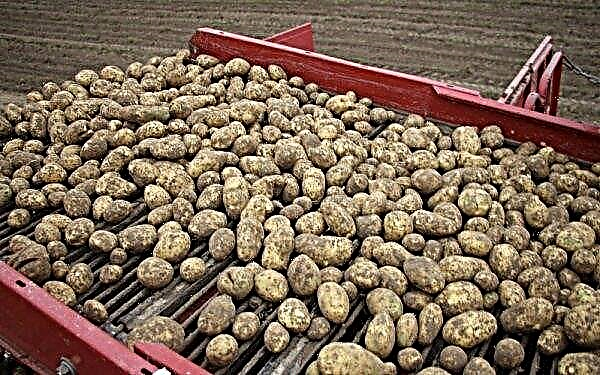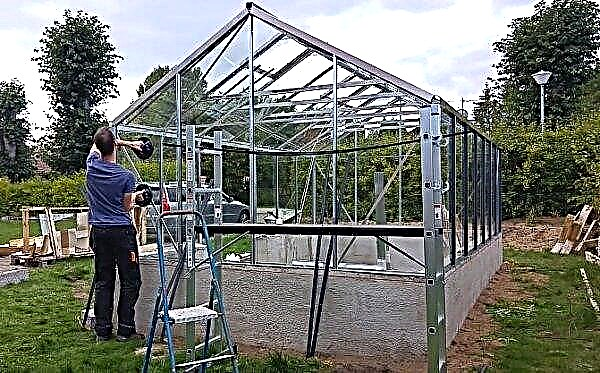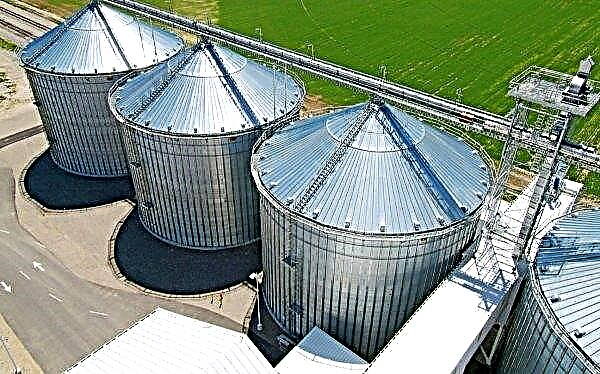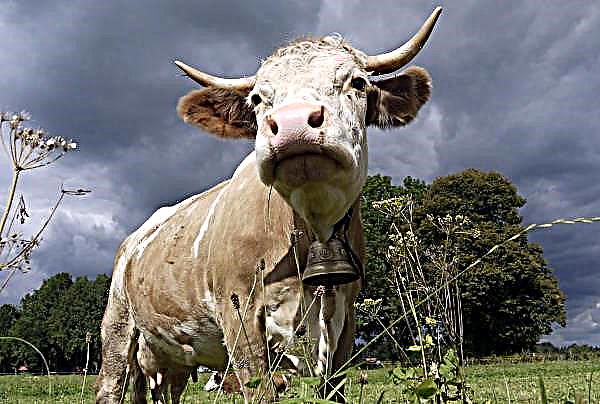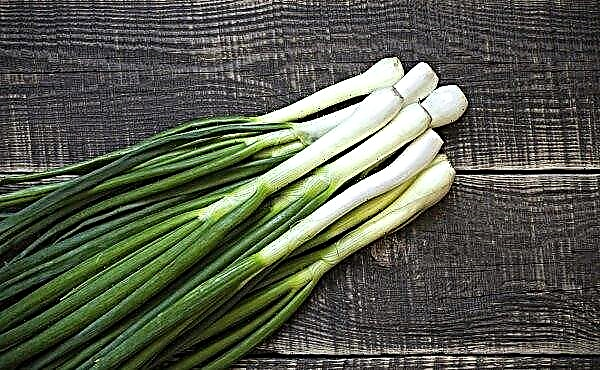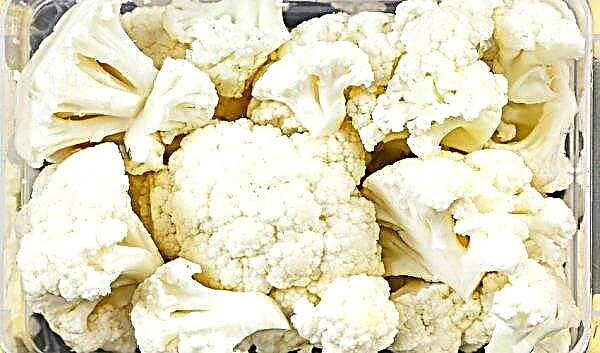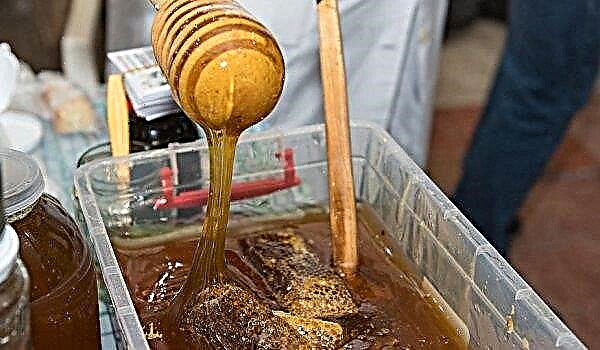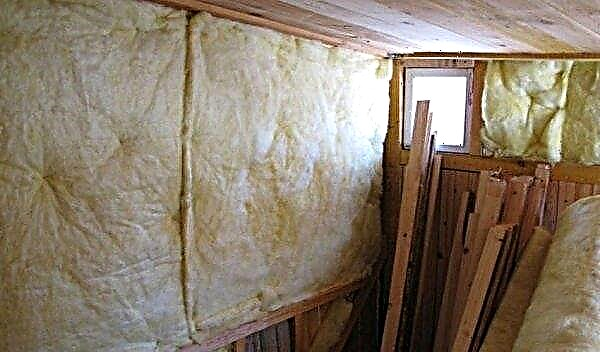Early fall of leaves from a rose bush in the middle of summer is a signal of the plant about the dysfunction. However, gardeners often fail to quickly solve the problem because of the variety of reasons that cause it. The most characteristic causes and methods of eliminating them will be discussed later.
Rose Care Features
An important role in the comfortable existence of a pink plant, its longevity and splendor of flowering is played by the place of its growth.
Therefore, when growing roses in the open ground, care must be taken to:
- the pink bush was provided with good illumination, including in direct sunlight;
- groundwater did not pass in the immediate vicinity of the root system;
- the soil was saturated with nutrients;
- the plant around had free space for growth and development.
In addition, the features of proper rose cultivation include:
- competent preparation of the soil for planting;
- correct pruning;
- timely and sufficient watering;
- full fertilizer fertilizing;
- disease prevention and pest protection;
- treatment for diseases;
- shelter of bushes for the winter.
 For a room rose growing indoors in a pot, the following are also relevant:
For a room rose growing indoors in a pot, the following are also relevant: - sufficient humidity;
- circulation of fresh air around the bush in the complete absence of drafts;
- providing a rest period from October to February.
Did you know? The smell of blossoming rose flowers is one of the most effective antidepressants.
Why does a rose drop leaves?
There is no single reason for this process.
Early drop of foliage by a rose bush can provoke:
- improper or defective plant care;
- nutrient deficiency in the soil;
- pathogens causing various diseases;
- harmful pests.
Inappropriate location
If a pink plant is planted in a shady place on open ground or a pot of home rose is placed on the windowsill of a window facing north, then the leaves located on the part of the bush where the sun does not fall will begin to turn yellow and then fall off.
First of all, the leaves located on the lower tier of the plant suffer. In addition, the rose blooms poorly, and if the flowers still appear, then they are small and faded.
Dry air
The problem is relevant for rose bushes growing indoors. Due to the low humidity of the surrounding air, which manifests itself during the operation of the heating system, the leaves on the bush turn yellow, dry and fall off. To increase the moisture content in the air, it is useful to put a wide container filled with water next to the rose pot.
Regular spraying with a sprayer and weekly warm showers also help. For roses growing in open ground, a lack of ambient humidity is usually associated with a dry ground caused by insufficient watering.
Did you know? Botany scientists still cannot explain this phenomenon: if you cross 2 roses with a strong aroma, then the hybrid will turn out either with a faint and mediocre smell, or without it at all.
Micronutrient deficiency
Often, early leaf fall in roses is provoked by a deficiency of nutrients in the soil.
This is manifested with a lack of soil:
- nitrogen - the leaf plates turn pale and then turn yellow before falling off;
- potassium - affects primarily the old foliage, on which the tips of the leaf plates turn yellow, and then yellowness captures the entire leaf area, with the exception of the veins;
- calcium - leads to the formation of light yellow spots on the leaf plates;
- gland - characterized by twisting of young foliage and its yellowing;
- manganese - yellow stripes and spots form on the leaves of the lower tier.

Diseases
Often, yellowing and falling of leaves on a rose bush in the summer are caused by infection of the plant:
- fungi;
- viruses;
- bacteria.
These carriers of diseases and the diseases themselves are most often represented:
- black spotting - the presence of brown spots, bordered by yellow color, then turns into solid yellowness, after which the leaves curl and fly around;
- jaundice - a bacterial disease that causes yellowing of the veins, then turning into yellowness along the entire leaf plate and leading to twisting and falling of the foliage;
- tomato bronze virus - first causes light spots on young leaves, and then leads to yellowing of the entire leaf plate;
- mosaic virus rhesus - causing yellow-green spots on the back of the leaves, which quickly lead to the fall of the green mass.
Important! Effectively prevent pests from attacking roses and protect flowers from diseases. Garlic can be planted nearby.
What to do and how to cure roses?
Before taking emergency measures to save the rose bushes, it is necessary to establish the causes of the problem. If incorrect conditions for growing rose bushes lead to early yellowing and falling of leaves, the negative consequences of this should be immediately eliminated:
If incorrect conditions for growing rose bushes lead to early yellowing and falling of leaves, the negative consequences of this should be immediately eliminated:
- Pour bushes abundantly with warm water, dropping foliage due to dry soil.
- If shedding of foliage is connected, on the contrary, with waterlogging of the soil, it is necessary to stop watering and, in rainy summers, erect a rain canopy over pink plants.
- When foliage falls due to lack of lighting, the only way out is to transplant the bush in the open ground to a more illuminated place, and indoors, move the pot to a lighter window sill or turn on artificial lighting.
To eliminate the effects of stress caused by improper growing conditions in the plant, it is necessary to take such emergency measures:
- Dilute the ampoule "Zircon" and the ampoule "Tsitovita" in a bucket of water and pour up to 2 liters of the resulting product under each rose bush, after irrigating the ground with clean water.
- After 3 days, it is useful to treat the rose with Epin, diluting 10 drops in a liter of water.
- 2 weeks after watering with “Citovit” and “Zircon”, the bush should be fed with potassium humate.
- The root system that has suffered from excessive soil moisture, or, conversely, from its drying out, needs to be fed with phosphorus, for which 15 g of superphosphate are diluted in a bucket of water and sprayed with the resulting solution to a rose bush.
If the reason for the summer fall of foliage lies in the lack of nutrients in the soil, then roses need to be fed:
- nitrogen with carbomide, 15 g of which is diluted in a bucket of water, or ammonium nitrate, 20 g of which is dissolved in a bucket of water;
- potassium, for foliar feeding of which 10 g of potassium sulfate is added to a bucket of water;
- calcium, which is introduced into the soil through 15 g of calcium nitrate, diluted in a bucket of water;
- manganese, used as foliar top dressing by spraying, for which 10 g are added to a bucket of water;
- iron, which pink bushes are fed as part of the preparations "Ferovit" or "Micro-Fe."

Preventive measures
To prevent premature falling of leaves from roses, it is necessary to observe the conditions for the comfortable growth of the plant:
- plant roses in well-lit areas where sunlight in the summer is present for at least 5 hours;
- exclude the effect on the root system of groundwater;
- organize the correct weekly watering, taking a bucket of settled water to each plant, and in hot weather bring watering up to 2 times a week;
- regularly feed roses with fertilizers;
- carry out preventive treatment of roses with insecticides and fungicides;
- timely and competently cut branches and stems;
- protect rose bushes from strong winds, and indoor roses from drafts.
In addition, there are preventive measures designed specifically for indoor roses:
- fresh air should come to these roses, but in no case in the form of drafts;
- at the end of flowering, the plant should not be watered;
- shoots must be shortened to 10 cm, leaving the outer kidney when pruning;
- to strengthen the immunity of the plant and prevent premature dropping of leaves by it, it is advisable to treat the bush with biostimulants of the type “Zircon” or “Epina”.
 The fact that the green mass on the rose bush prematurely turns yellow and falls off is to blame.
The fact that the green mass on the rose bush prematurely turns yellow and falls off is to blame.Important! You can’t water the rose bushes with cold tap water, but you should use water irrigated for at least 3 days with a temperature of at least +22°WITH.
Simple agri-technical measures taken on time can prevent this problem from occurring.

